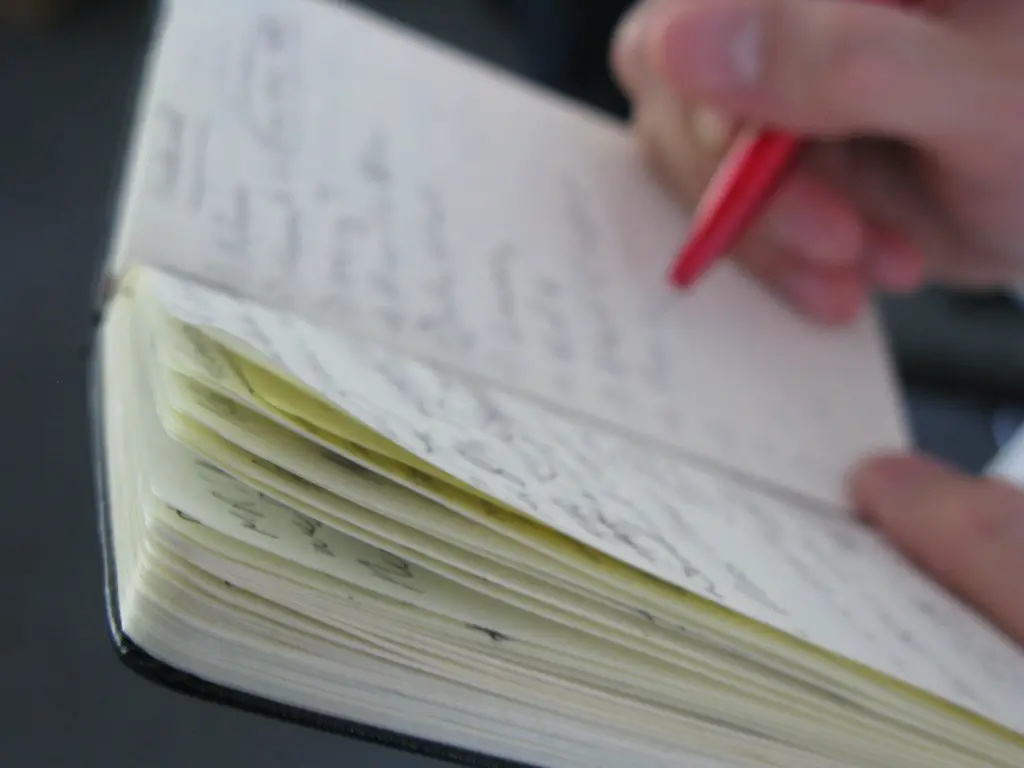As I’m sure most everyone is aware, every writer has their own strengths and weaknesses when it comes to writing stories. Some can write everything but the perfect ending, while others might have a start and end of an epic with no epic to fill the space between. Finding ways to tie a narrative together can be exhausting, especially if you’re already suffering from writer’s block.

Obviously, different techniques will work for different people. However, we shouldn’t just try to force the same method of breaking the block over and over again. Whether you’re an experienced writer or just starting out, I hope that some of these tips can be of use!
Outlining:
This trick is exactly what it sounds like. If you haven’t started one already, an outline is a fantastic way to lay out exactly what you have and what you need. The best part of outlines is that you can make them for any part of your story. Are you having trouble figuring out the next step in a character arc? Line up the points you already have. If you know where your character is and where you want them to end up, a visual descriptor might show you exactly where you’re lacking and spark some ideas.
Related: Is There Such a Thing as Writer’s Block?
It might seem crazy to some to not outline as the first step of the writing process, but for some people (myself included), it can be so tempting to jump right into writing that we neglect the prep phase a bit. If you’re like me in that regard, I highly suggest trying to plot things out a bit more before diving headfirst into your story.
Noodling:
A trick used by some writers that is meant to be as loose and messy as possible. The idea is to get out anything in your head and put it on paper (it’s recommended to do this with actual, physical paper), connecting and scratching down whatever you can to hopefully free up those mental passageways. It’s a different kind of brainstorming than usual; the idea is to write down every idea you get, not just the big stuff. Think best in Venn diagrams, flowcharts, or just a good old bulleted list? Great! Noodling is all about getting things down for the sake of it. Follow the ideas wherever they lead you, and you might just find a way out of the rut you’re in.
Timelines!
This is a favorite trick of mine. If you can’t seem to figure out how to bring your story from Point A to Point B, try making a timeline of the events you have so far. Try to find natural places for the story to flow from one point to another, and look for spots in that timeline where you might have too few or too many things happening at once.

Perhaps one of the trickiest things I’ve found in my years of writing is managing the passage of time in long-form pieces, so simply having it all laid out in front of you can make it much easier to visualize your pacing. Holidays, festivals, and other annual events can also help anchor your story into its world, so setting a timeline can also keep those dates in perspective.
Write it Down!
As silly as it sounds, I know from personal experience that many writers really don’t want to put every little thing down on paper. You definitely don’t have to go into excruciating detail, but believe me, getting things out of your head and onto the page can help! Aside from the benefits of not having to worry about suddenly forgetting your favorite plot twist, simply writing things out can help untangle the mental spaghetti we so often get trapped in. You might even find one or two places to flesh out that you didn’t even realize needed it! This can be similar to outlining if that’s the format you work best in, but it doesn’t have to be. I personally enjoy writing in a semi-narrative document where I dump all of my thoughts, then rearrange them to where it makes sense!
Don’t Be Afraid to Revise
I’m not telling you to delete your entire draft or throw out the whole story, but seriously, take a step back. Fiction is a wild and wonderful thing, and every writer has a special flair to their work that makes it fundamentally unique, but sometimes, we get too wrapped up in that train of thought. I know personally the feeling of finding that perfect line and being oh so proud of it, only to realize I have no idea how to build around it. Chances are, if you can’t seem to tie your plot up the way you want, you might be getting caught up on something that doesn’t really work. If you’re attached to something that ends up getting cut, just tuck it away for later. Even if it doesn’t fit quite where it was, chances are that you’ll find a use for it.
Give it Time:
Perhaps the most important advice I can give is that, regardless of whatever else you try, give yourself time to work things through. Trying to force your ideas to work will only get you even more stuck, especially once you’re already frustrated. Try new things and mess around on the page even if you don’t think it’ll end up sticking. But, above all else, don’t be afraid to give your story some room to breathe. If you have another idea you want to write down, go for it! As important as it is to keep writing and exploring new ideas, you won’t do yourself any favors if you hate everything about the process. Be kind to yourself, and remember that some things just take longer to figure out. I can promise you that everyone has had writer’s block at some point or another.

As you head back into your current project, regardless of how long or complicated it is, keep your chin up! Whether you’ve got a deadline, a page limit, or no restrictions at all, writing is a wonderful and personal thing that we’re all lucky to indulge in. No story has to be perfect, but giving each one the time and effort it deserves can truly help it be the best it can be!
